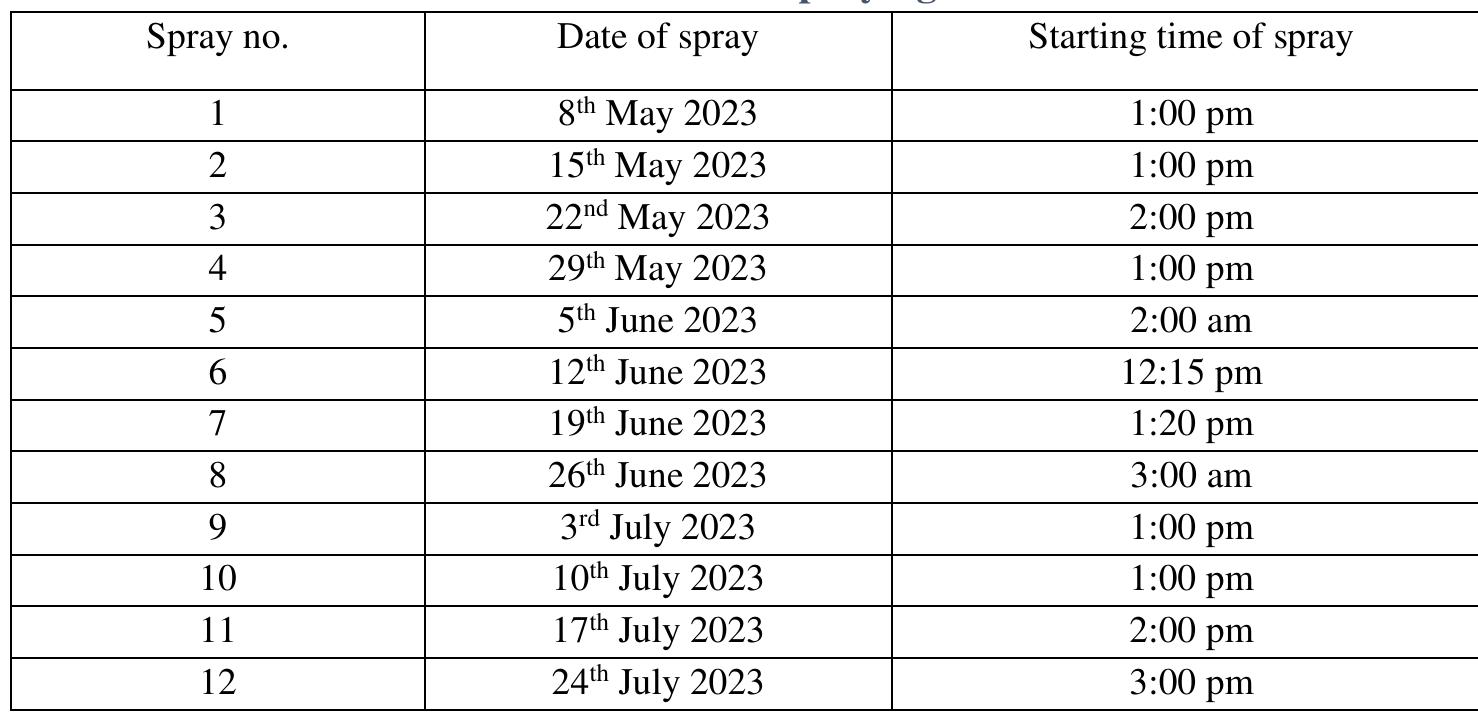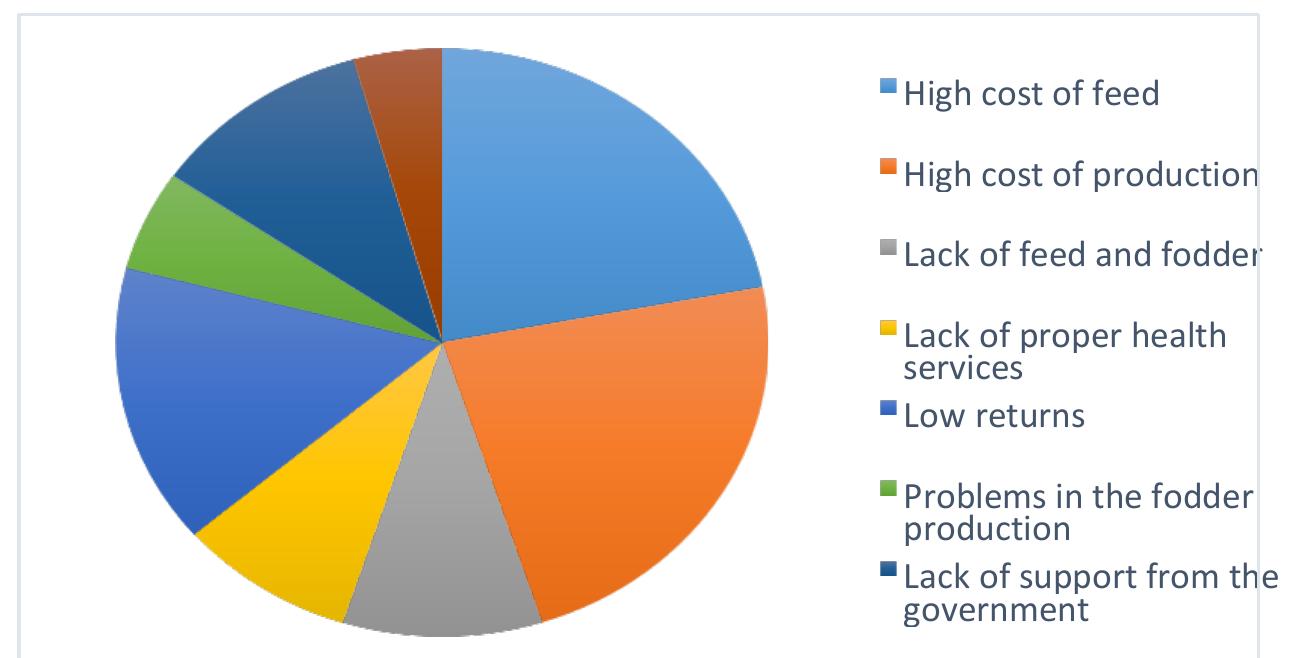Key research themes
1. How do integrated pest management (IPM) strategies impact crop yield, social welfare, and sustainability for smallholder farmers and commercial agriculture?
This research theme focuses on evaluating the effectiveness, economic benefits, and social welfare improvements resulting from the adoption of IPM practices across different crops and farming contexts. It includes studies that assess multifaceted IPM approaches combining biological, cultural, and chemical methods and their role in sustainable intensification, livelihood improvement, and economic viability.
2. How can modeling and decision-support tools improve IPM implementation and optimization of crop management?
This theme investigates quantitative and computational approaches—such as crop growth models, optimization algorithms, and population dynamics models—that provide insights into pest-crop interactions, resource allocation, and management timing to enhance IPM decision-making. It emphasizes methodological advances for simulating complex agronomic systems and predicting pest outbreaks to optimize IPM strategies.
3. What is the efficacy and role of botanical insecticides and biological control agents within IPM frameworks for pest management?
This area examines botanical extracts and natural enemies as safer, environmentally friendly alternatives or complements to chemical pesticides in IPM. It investigates their toxicity, repellency, and biological effects on pests and beneficial organisms, contributing to the development of sustainable pest control methods that mitigate pesticide resistance, residues, and ecological damage.


















































































































































